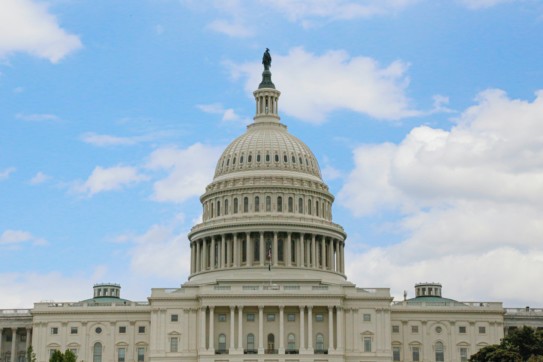American Rescue Plan Act: Impact on Nonprofits and Other Social Good Organizations

On March 11, 2021, President Biden signed the American Rescue Plan Act into law to provide an additional $1.9 trillion in COVID-19 relief to support for individuals, families, nonprofit organizations, healthcare, education, and cultural institutions.
The following is by no means an exhaustive list of what is included in this latest relief package. Rather, we are highlighting various provisions that might be of interest to social good organizations.
Paycheck Protection Program
The American Rescue Plan Act provides an additional $7B in Paycheck Protection Program (PPP) loans. PPP, created through the CARES Act, provides small businesses and nonprofit organizations with up to $10M or 2.5X (250%) of their average monthly payroll, whichever is less, to cover eight weeks of payroll expenses and for making payments toward debt obligations.
Eligible nonprofit organizations continue to include 501(c)3 and 501(c)6 organizations and eligibility is expanded to other organizations including 501(c)5 organizations. The deadline to apply remains March 31, 2021. Churches and faith-based institutions will continue to be eligible for funding through this program.
It adds $1.25B to the Shuttered Venue Operators Grant program and allows performing arts organizations to apply for both a PPP loan and a Shuttered Venue Operators grant. It is expected that limits will be placed on combined assistance.
It expands PPP to nonprofit organizations with more than one location as long as there are no more than 500 employees who work at a single location.
The package also includes $15B in new funding for targeted Economic Injury Disaster Loan grants providing flexible grant relief.
Employee Retention Tax Credit
The American Rescue Plan Act also includes an extension of the Employee Retention Tax Credit, which was created through the CARES Act, through December 31, 2021. The Employee Retention Tax Credit is a refundable payroll tax credit for wages paid by employers to employees during the COVID-19 crisis.
Unemployment Benefits Reimbursement
The bill provides relief for nonprofit organizations that self-insure their unemployment benefits by increasing the federal reimbursement rate to 75%, an increase of 25%, through September 6, 2021.
Additional Funding for Government Programs and Individuals
The American Rescue Plan Act also includes additional funding for government programs and direct payments for individuals. A sample of funding allocations are found below:
- $122.75B for the Elementary and Secondary School Education Relief Fund providing public K-12 schools with funding to improve school ventilation, purchase PPE, and reduce class sizes. It also provides $2.75B to “non-public” schools serving students from low-income families.
- $40B for the Higher Education Emergency Relief Fund providing funding for colleges and high education institutions. At least 50% of this funding must go towards emergency financial aid for students. The remaining funds can be used by the institutions to defray lost revenue and the costs of decreased enrollment, transition to online learning, COVID-19 testing, and the purchase of PPE.
- $200M in funding for Institute of Museum and Library Services for libraries
- $270M in funding, $135M each, for National Endowment for the Arts and National Endowment for the Humanities to support arts and cultural organizations
- $53.5B for COVID-19 vaccine distribution, testing, and tracing and $7.6B for community health centers
- $22B in rental assistance and $10B to assist homeowners in avoiding foreclosure. It also includes $5B to assist with utility bills, such as heating, cooling, and water costs
- $5B in funding to assist communities with providing support for individuals and families experiencing homelessness
- $1B for the Corporation for National and Community Service, which includes funding for additional AmeriCorps positions
- Extends the 15% increase in SNAP benefits through September 30, 2021 to assist families and individuals coping with food insecurity
- $7.2B in broadband funding to assist with remote learning for public K-12 students
- $350B in aid for state, local, tribal, and territorial governments
- $1400 in direct payments to individuals, including children and other dependents. Payments begin to phase out for individuals who make between $75,000 and $80,000 and couples who file jointly who make between $150,000 and $160,000
- $300 in expanded unemployment benefits running through September 6, 2021
